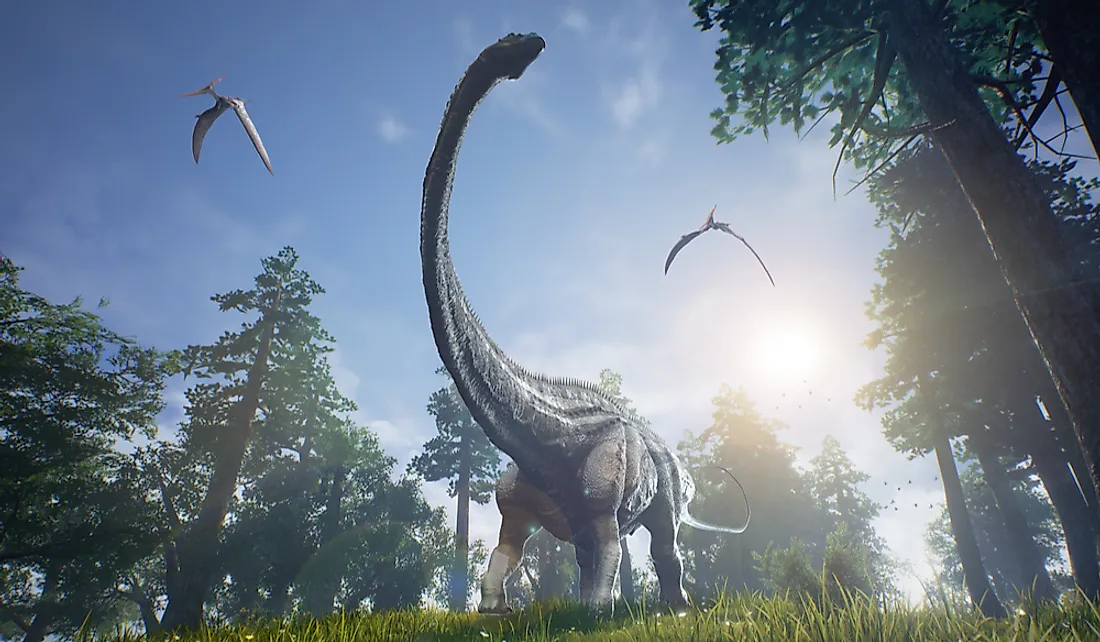What Are The Differences Between Avian And Non-Avian Dinosaurs?

The term dinosaur is applied to a large group of animals that lived in vast areas of the earth over a long period beginning more than 230 million years ago. The dominance of the dinosaurs over the planet started after the occurrence of the Triassic–Jurassic extinction event. Much of the present-day information on dinosaurs comes from scientists studying fossils. Although the existence of the fossils was known for millennia, most communities did not understand what they were or attributed the fossils to mythical creatures such as dragons. The discovery of dinosaurs dates back to 1842. Scientific evidence indicates that there are two types of dinosaurs: avian and non-avian dinosaurs. There are several differences between avian and non-avian dinosaurs including their extinction, bone structure, and metabolic processes.
Extinction
One of the primary differences between avian and non-avian dinosaurs is that the latter became extinct after the occurrence of the Cretaceous–Paleogene extinction event which happened close to 66 million years ago while avian dinosaurs mostly survived and evolved into modern day birds. Some theories have been put forward to try and explain why a large number of the living species went extinct; however, most scientists are unable to reach a consensus on the cause. Despite the differing theories on the origins of the event, scientists agree on the impact which was the destruction of all non-avian dinosaurs which were thought to be around 1100 species. Some theories have tried to explain why avian dinosaurs were able to survive with one of the most famous being that they had larger brains than non-avian dinosaurs. Another possible theory suggested that avian dinosaurs were able to survive due to their diet.
Bone Structure
The nature of dinosaur's bones distinguished avian and non-avian dinosaurs as avian dinosaurs had hollow bones while non-avian dinosaurs had dense bones. Scientists have studied the dinosaur bones and they have found that although avian and non-avian dinosaur bones have some similarities, they are vastly different. The non-avian dinosaur bones evolved to support their tremendous weight and thus were exceptionally dense. Avian dinosaurs were reliant on the flight, and therefore their bones developed to allow them to fly.
Metabolic Processes
Avian and non-avian dinosaurs had different metabolic processes and the non-avian dinosaurs were cold-blooded while the avian dinosaurs were warm-blooded. Scientists are split on whether dinosaurs were cold-blooded or warm-blooded due to the difficulty in determining their exact physiology from fossil records. Most scientists are of the opinion that non-avian dinosaurs were cold-blooded although their large size enabled them to have a constant body temperature. Scientists find it easier to study the physiology of avian dinosaurs as many of their progeny have survived to the modern day.











